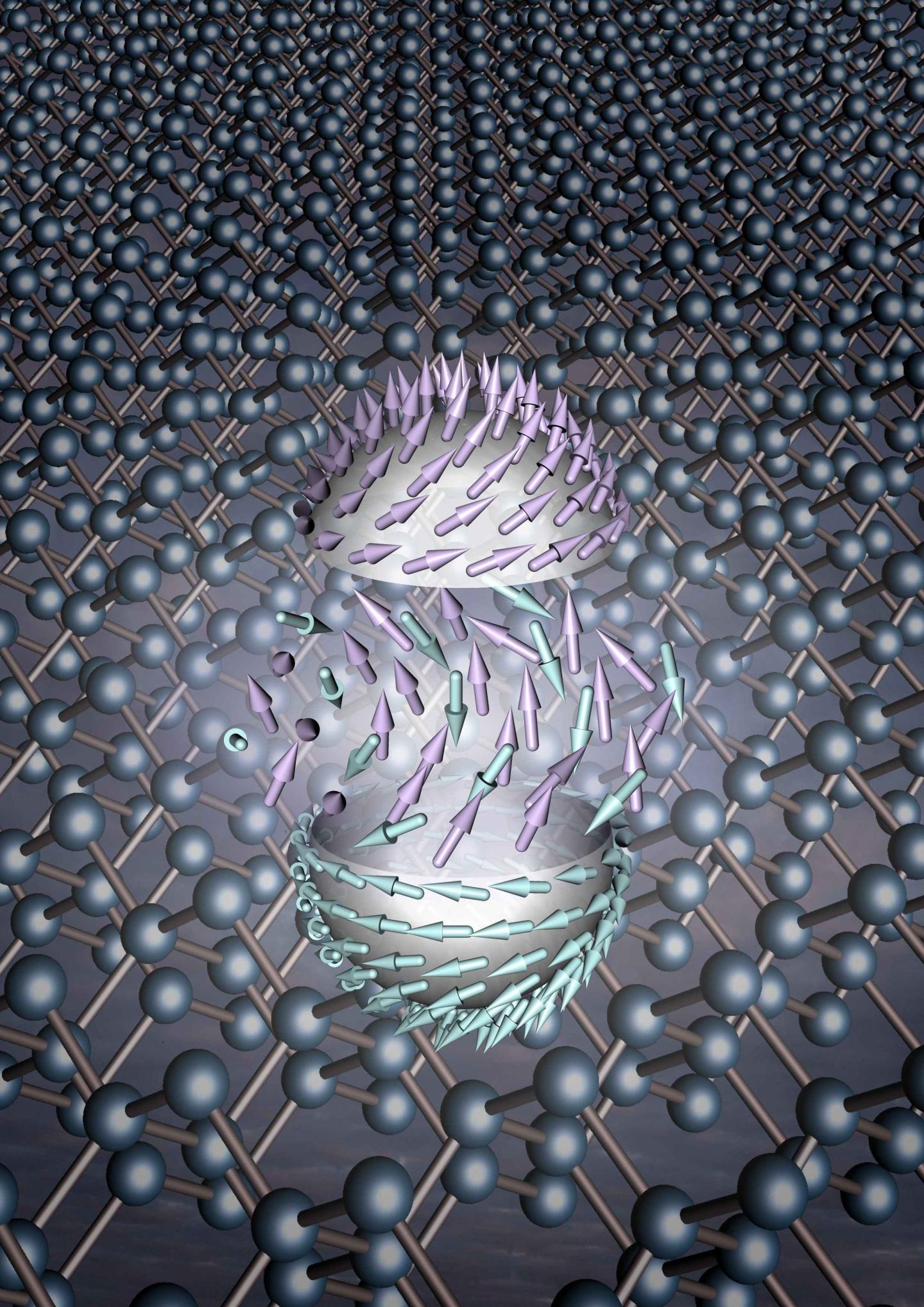Nano-structures (Nano structure) can be formed as a net or a combination of several different materials (nano _ PhD in microelectronics)
Researcher and author: Dr. ( Afshin Rashid)
Note: Materials that are nanometer in size in all three dimensions and have no freedom in any dimension. According to some categories, these nanostructures are also called nanoparticles. Factors affecting the properties of nanoparticles are the size and material of the particles.
Nanoparticles have different applications in various industries such as automobiles (anti-scratch, anti-fog glass, durable elastics, etc. (medical), making new drugs, diagnosing the symptoms of diseases, etc. And sewage, electronics, military industries), etc. Nanoparticles can be made in different shapes depending on their application, such as spherical, elliptical, cubic, prismatic, columnar, etc. Nanoparticles may be composed of one component. Or they are a combination of several components of matter, and nanoparticles can be pure or a combination of several different materials.
This classification of nanomaterials (nanostructures) is not an apparent and worthless classification. These three types of nanostructures have fundamental differences, both in terms of synthesis and production, as well as in terms of properties and applications. In general, the electrical, optical, magnetic, surface, etc. properties of these three structures are fundamentally different from each other, and of course their applications are also different. The main basis of nanotechnology is the use of materials. Every material in space has three dimensions of length, width and height. If in materials at least one of these three dimensions is in the nanometer range, it is called a substance, a nanostructure. There is no accepted definition for the nanometer range, but a more acceptable definition is the range of one to one hundred nanometers. Even though the dimensions of a few hundred nanometers in a material, it is still called a nanostructure. In fact, the definition of the range of 1 to 100 nanometers is to have a definition and standard.
Conclusion :
Materials that are nanometer in size in all three dimensions and have no freedom in any dimension. According to some categories, these nanostructures are also called nanoparticles. Factors affecting the properties of nanoparticles are the size and material of the particles.
Researcher and author: Dr. ( Afshin Rashid)
PhD in Nano-Microelectronics




